Birds of Masai Mara, Amboseli and Naivasha- Kenya
Kenya registers over 1,100 bird species which makes it second to Congo in Africa. Out of the this massive number of bird species are the European migrants, these appear during months; September- April. A typical Birding Safari to Kenya’s National takes you to witness some of Africa’s notable bird species which include:
The Ostrich:
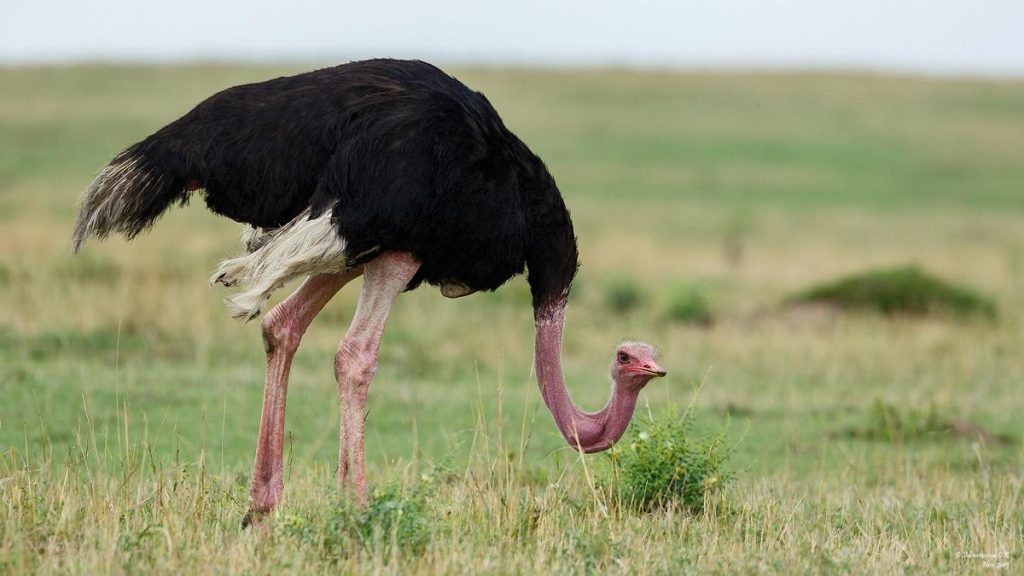
These can be found in Masai Mara National Reserve in Kenya’s. An ostrich is the biggest of all birds and contrary to popular belief the Ostriches in the Reserve do not bury their heads in sand when in danger. The females seldom drink water as they get sufficient water from the plants they eat though flightless, they use their wings as rudders for quick change of directions while running and use it as sunshades for their chicks these
Horn bills
Horn bills are ground-dwelling an omnivorous feeding on insects snakes other birds and even tortoises. They spend most of the day walking in search of food. Horn bills produce only one chick every nine years and are among the longest-lived of all birds.
Von der Decken’s horn bill

A female Von der Decken’s horn bill has a black beak while a male one has a red one. Von der Decken’s horn bills are omnivorous and feed on snails mice lizards insects tree frogs fruits and berries. They can live up to 20 years.
African grey horn bill
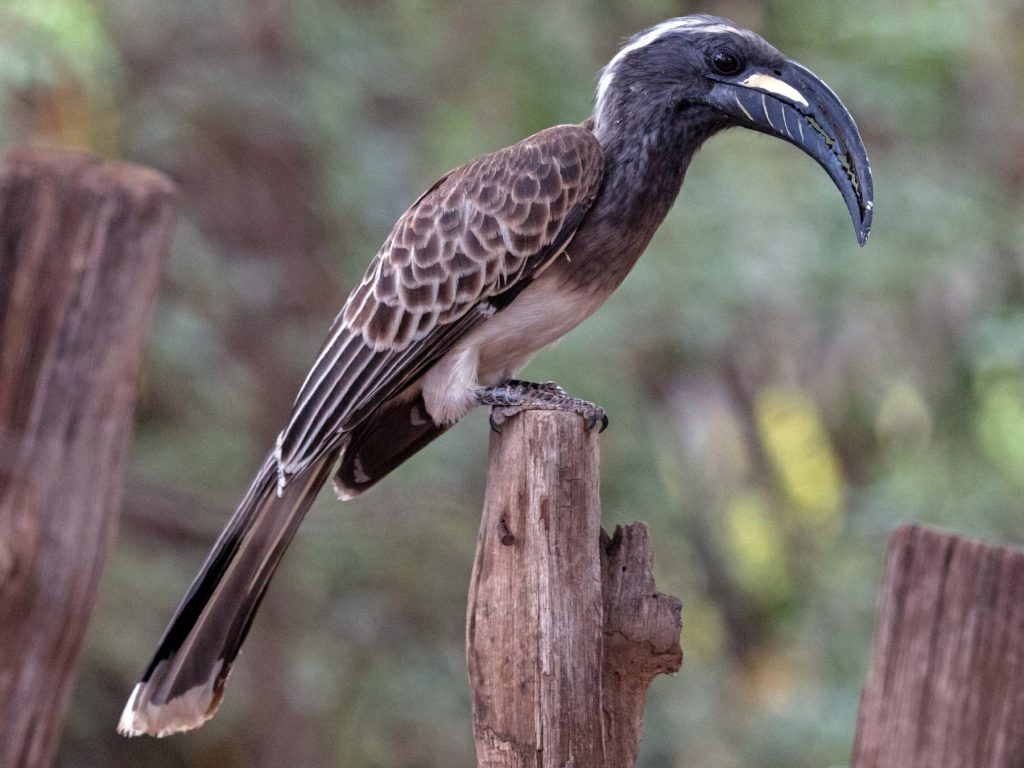
These birds measure up to 45 centimeter in length including the tail, they are omnivorous and take insects fruits reptiles and grasshoppers. They feed mainly in the trees, they also eat small vertebrates such as lizards and tree frogs repels.
Griffon vulture

Their tip of the beak is white and like other vultures, they also feed on animal carcasses.
The white backed vulture
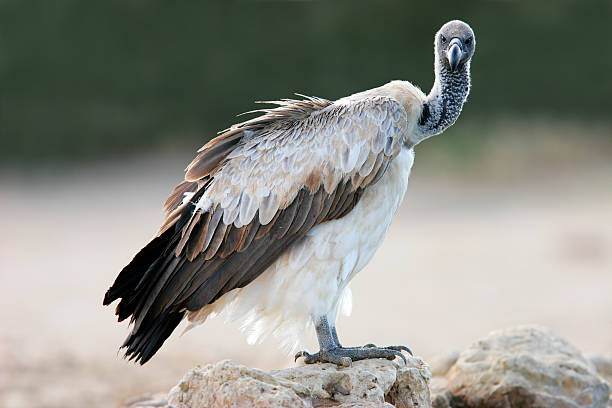
Their whitish back contrasts with the otherwise dark gloom edge 31 to 39 centimeter long, they wave from 4 to 7 kg and have a wingspan of about 6 to 7 feet . The white backed vulture is a scavenger bird feeding mostly on animal carcasses
The lappet-faced vulture
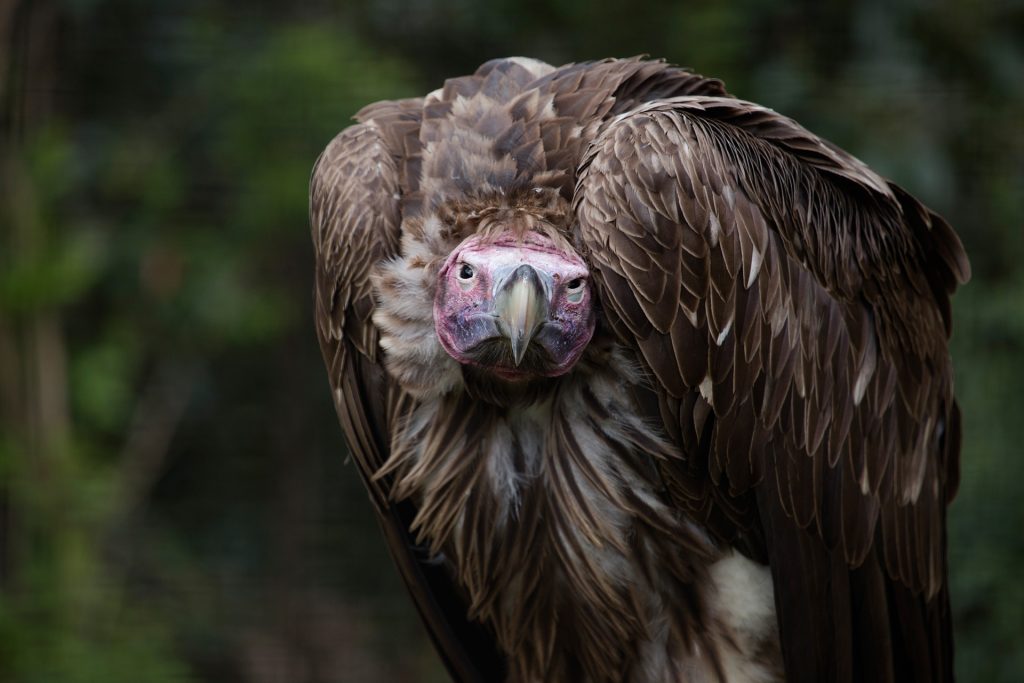
These are the most aggressive of all African vultures, It can chase away all other vultures from the carcass if it so decides. It possesses one of the strongest beaks and has the ability to tear flesh that is too tough for smaller scavengers. They are also able to strip a small antelope carcass to the bone within 20 minutes. With a wingspan of about nine and a half feet, they weigh about 13kg and live up to 50 years.
Marabou storks
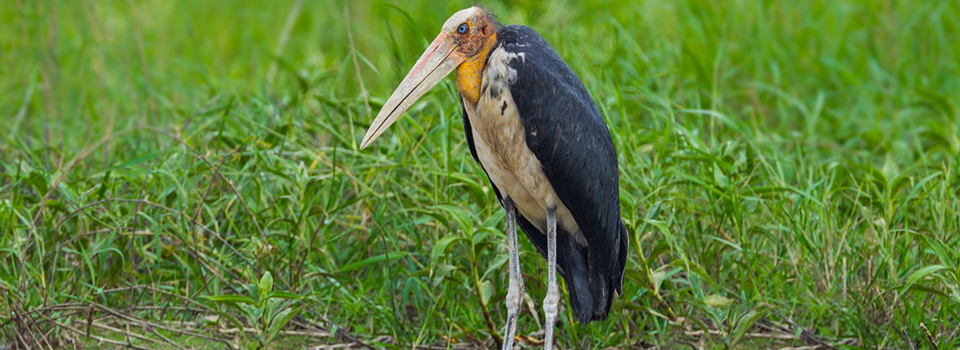
Marabou storks are scavengers, they feed on carcasses along with vultures and hyenas. They eat anything from termites, flamingos, small birds and mammals. They are over five feet tall with a wingspan of more than ten feet.
White Route Robin chats
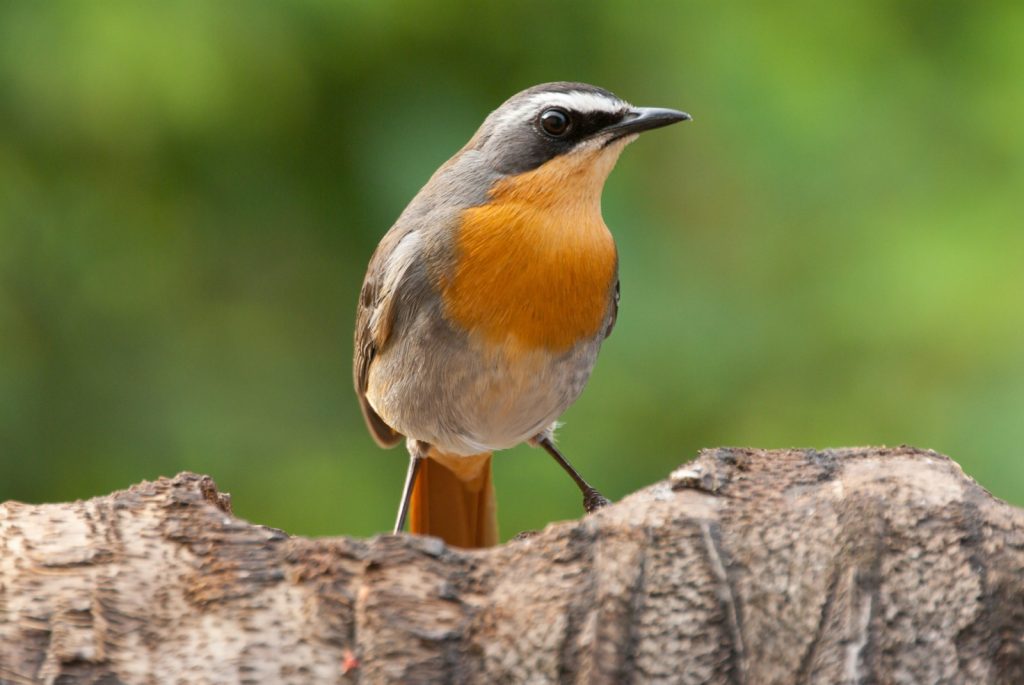
The white route Robin chats mostly feed on insects such as beetles, wasps and moths, caterpillars, termites, crickets flies spiders and centipedes. They take their prey from the ground or get them from foliage and tree trunks.
White-bellied cannery
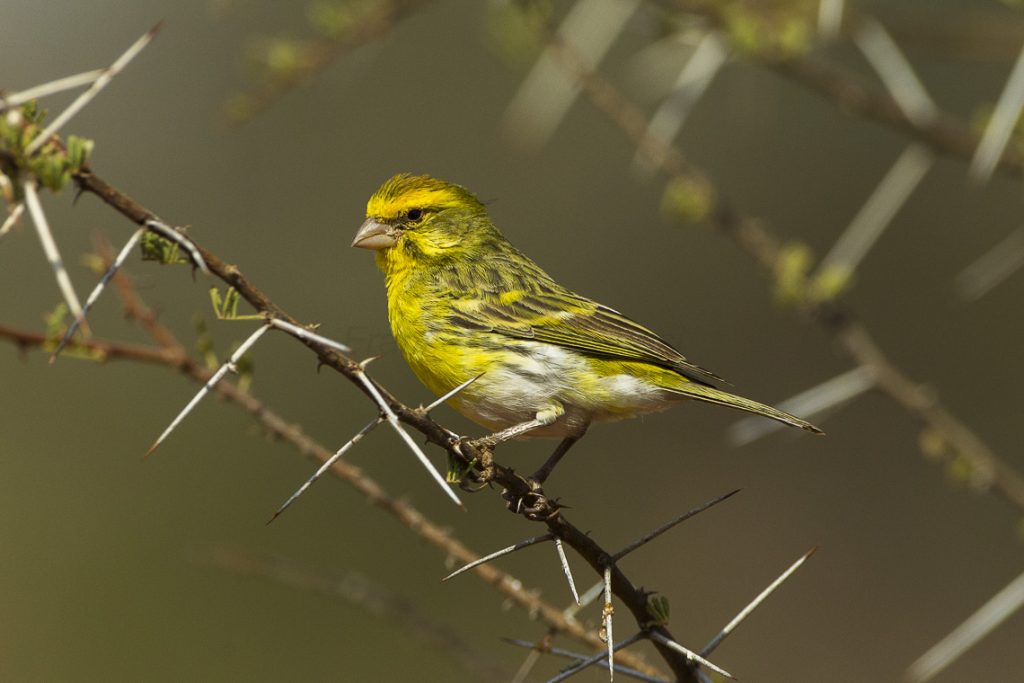
The white-bellied cannery is a bird of the Finch family, It is 15 to 16 centimeter in length it has a heavy bill which is short and conical it feeds on fruits seeds flowers and shoots. They breed from August to October.
Superb starlings
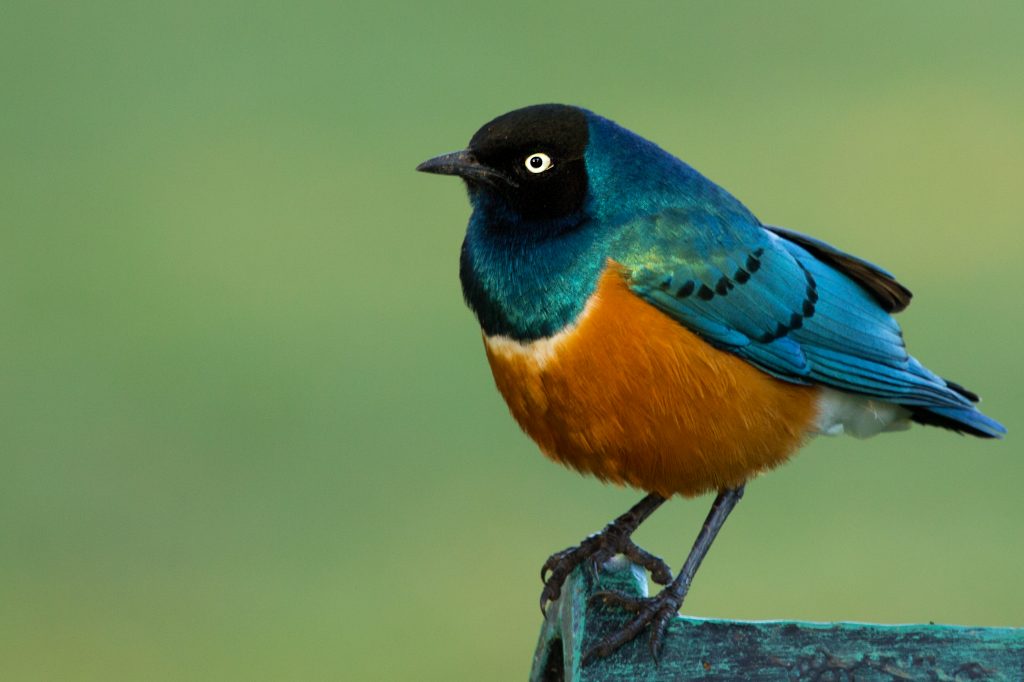
Superb starlings are found close to human habitations, they are not afraid of people they may even share your breakfast tables. They feed on insects berries and also takes the remains of human food.
Hildebrandt’s Starling
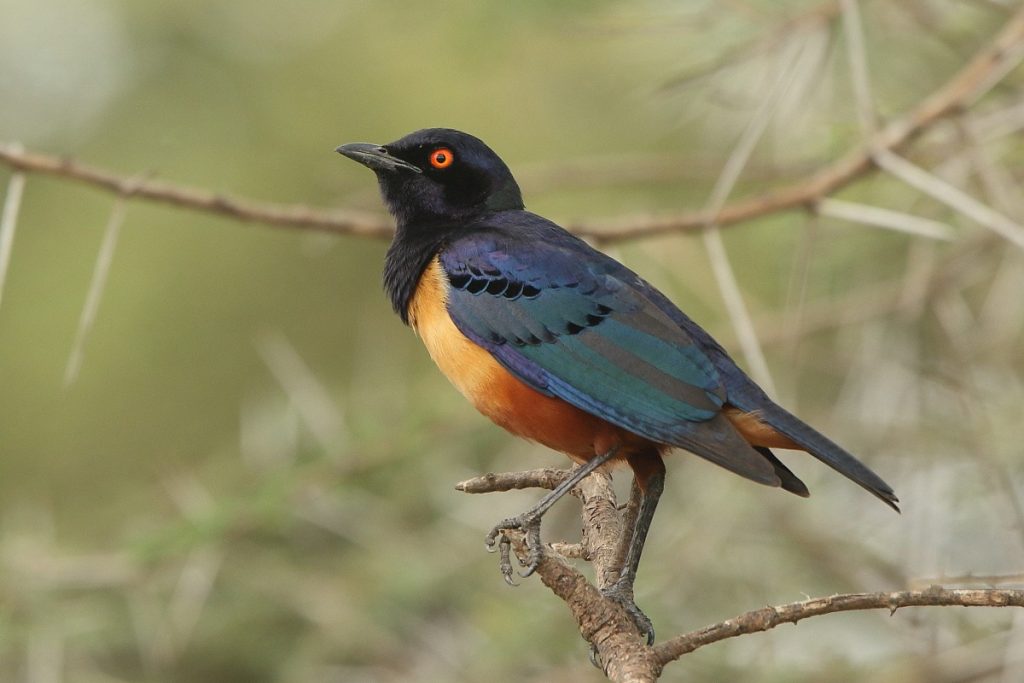
The appearance of the Hildebrandt’s Starling is very similar to the superb Starling. The Hildebrandt’s Starling is distinguished by having red eyes as opposed to the cream-colored eyes of superb Starling.
Red-billed Buffalo Weaver

The red-billed Buffalo Weaver has a body length of approximately 24 centimeters and weighs about 65 gram. It’s diet consists primarily of insects like crickets, locusts, grasshoppers, caterpillars, beetles, bees, flies, spiders and also scorpions.
White Headed Buffalo Weaver
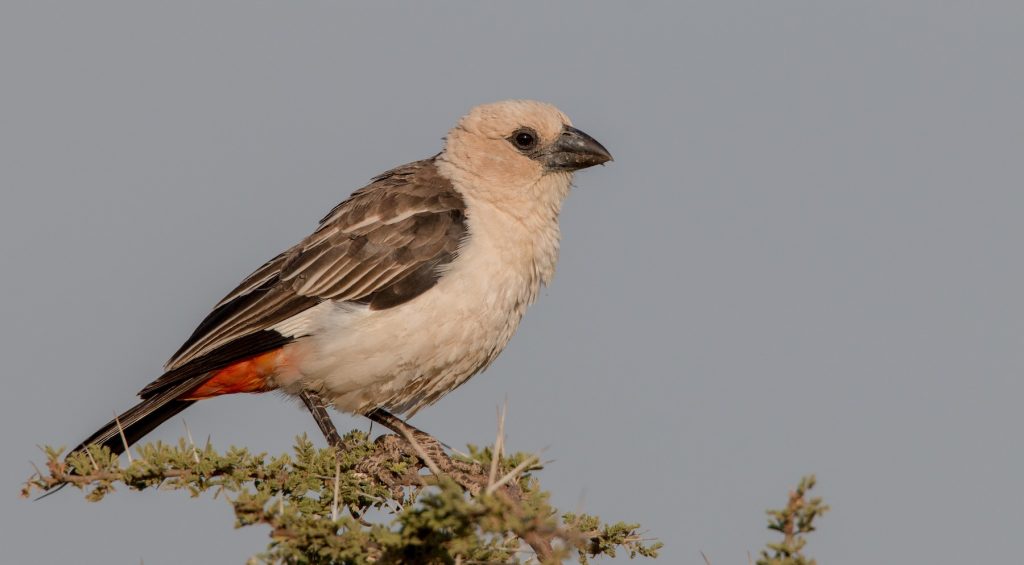
The white headed Buffalo Weaver on the other hand is a noisy bird. The conical bill is very thick, its diet is fruits and seeds including crops such as millet grasshoppers and termites
Saddle billed storks
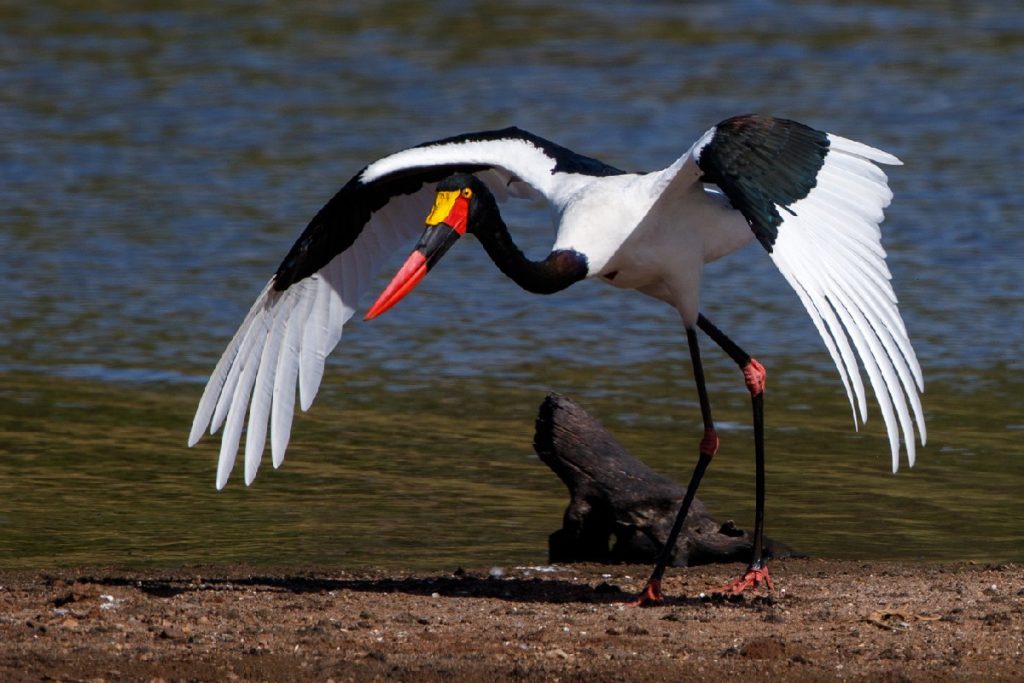
The saddle build stocks is one of the tallest stocks in Africa, it attains a height of about 5 feet. They have no call, they can only clapper their bills while wading through shallow waters. They feed on fish frogs and small reptiles. They stab their prey with their bills and swallow them whole and drink water just after swallowing
Spotted Morning Thrush

They are 16 to 17 centimeter long birds and weigh about 17 to 30 grams. They sing beautifully on moonlit nights or before dawn.
Olive Thrush
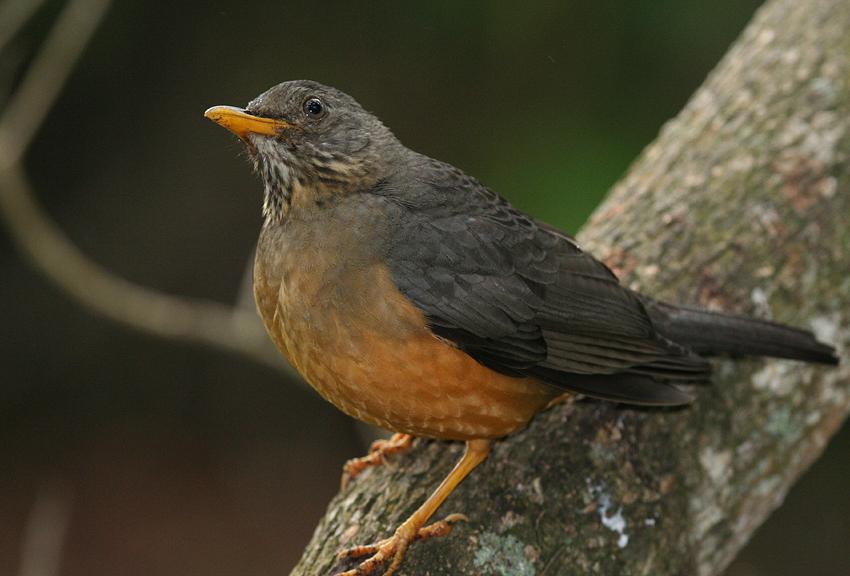
This is a very common bird in Africa, it can reach a length of about 24 centimeter and a mass of at least 101 gram. It feeds on earth worms, snails, slugs, spiders, glow worms and fruits. It has adapted extremely well to the man-made habitats.
long-tailed fiscal
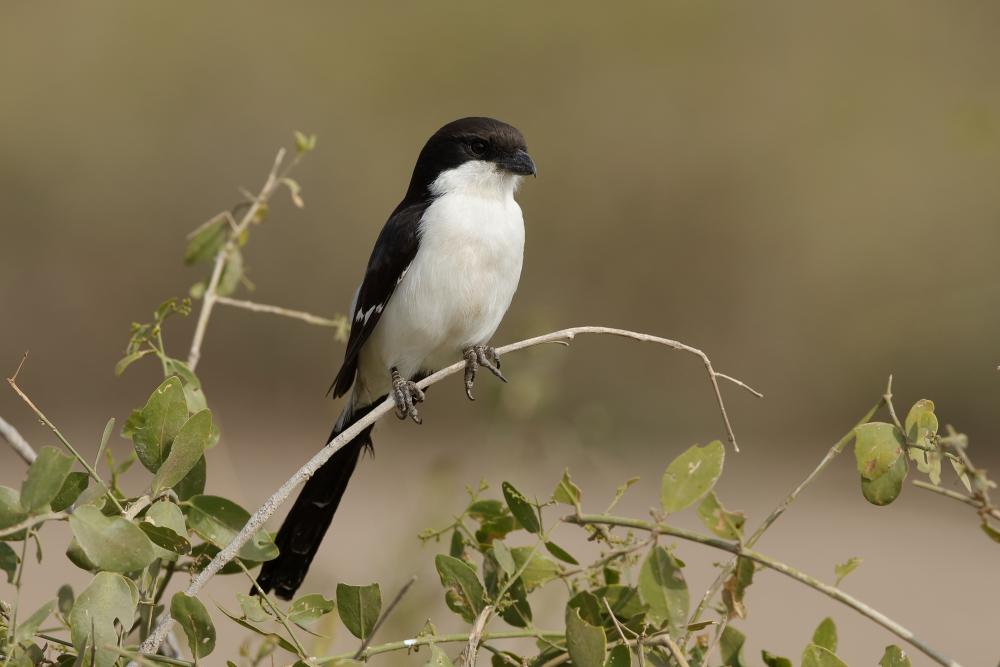
This is a species of bird in the Shrike family they feed on insects particularly beetles, grasshoppers as well as small vertebrates such as lizards, snakes and chicks. The prey is usually taken from the ground and sometimes from the foliage but only rarely from the air
Parrot billed sparrow
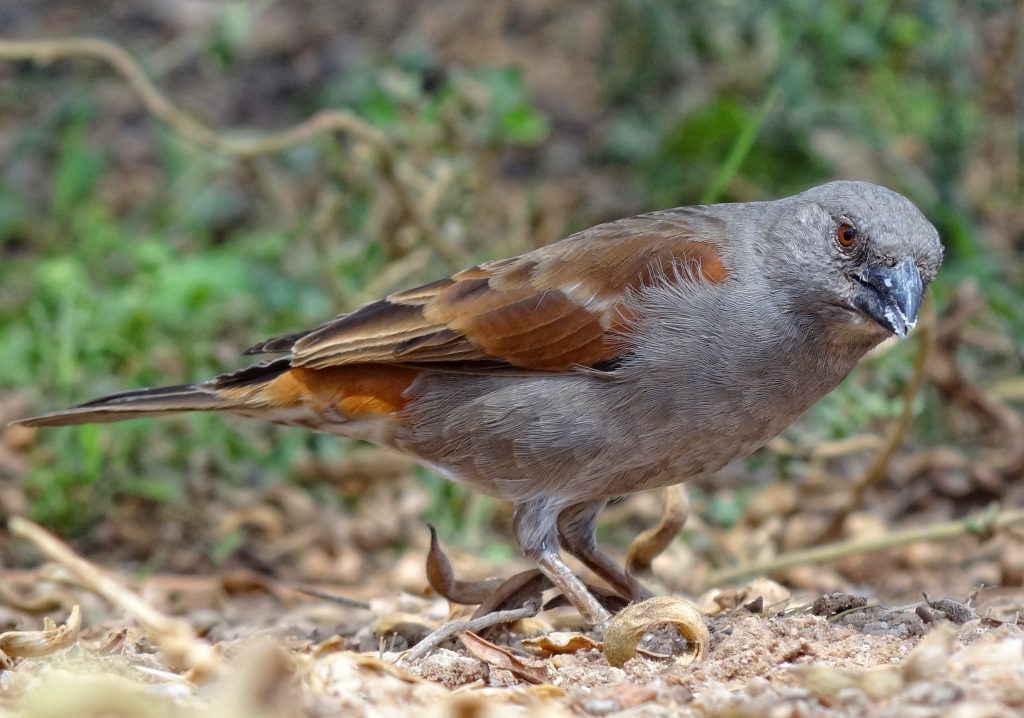
This is a species of bird in the sparrow family, it occurs in a wide range of open habitats including open woodlands and human habitation. This species feeds principally on the seeds and green like other sparrows but will readily take insects including termites.
Barefaced go-away
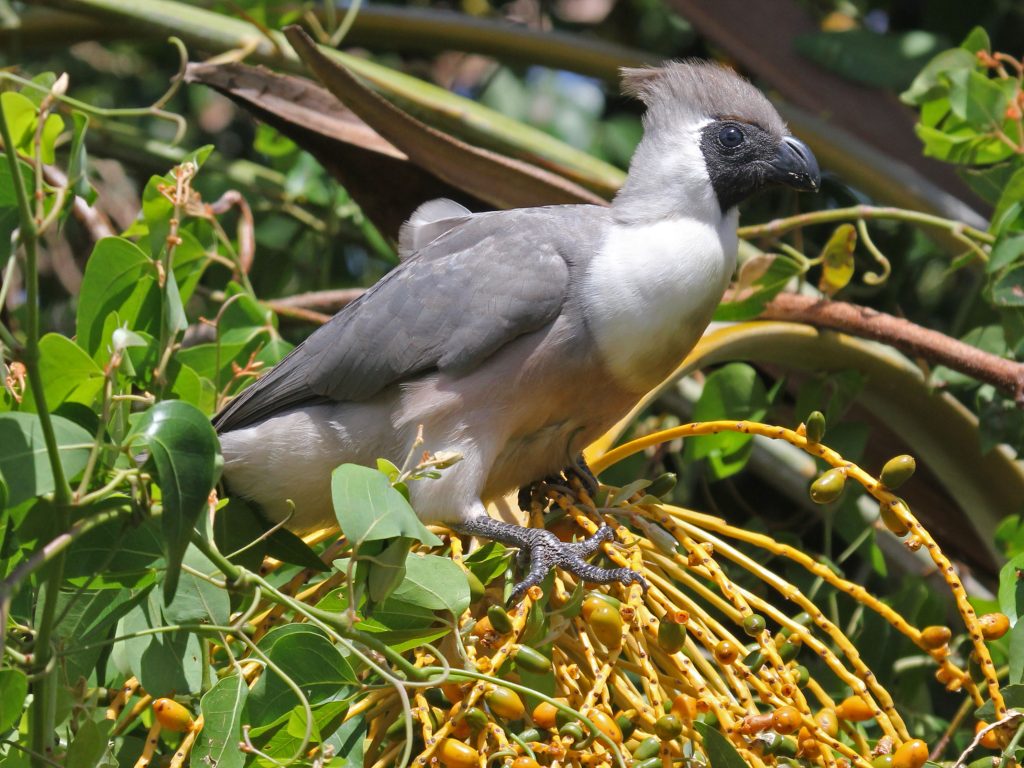
The barefaced go-away prefers open woodland and thorn bush habitats, it feeds on fruits, leaf birds and seeds. It is a noisy and restless species that moves about singly or in groups. it has a characteristic long tail and crest.
Kori bustard
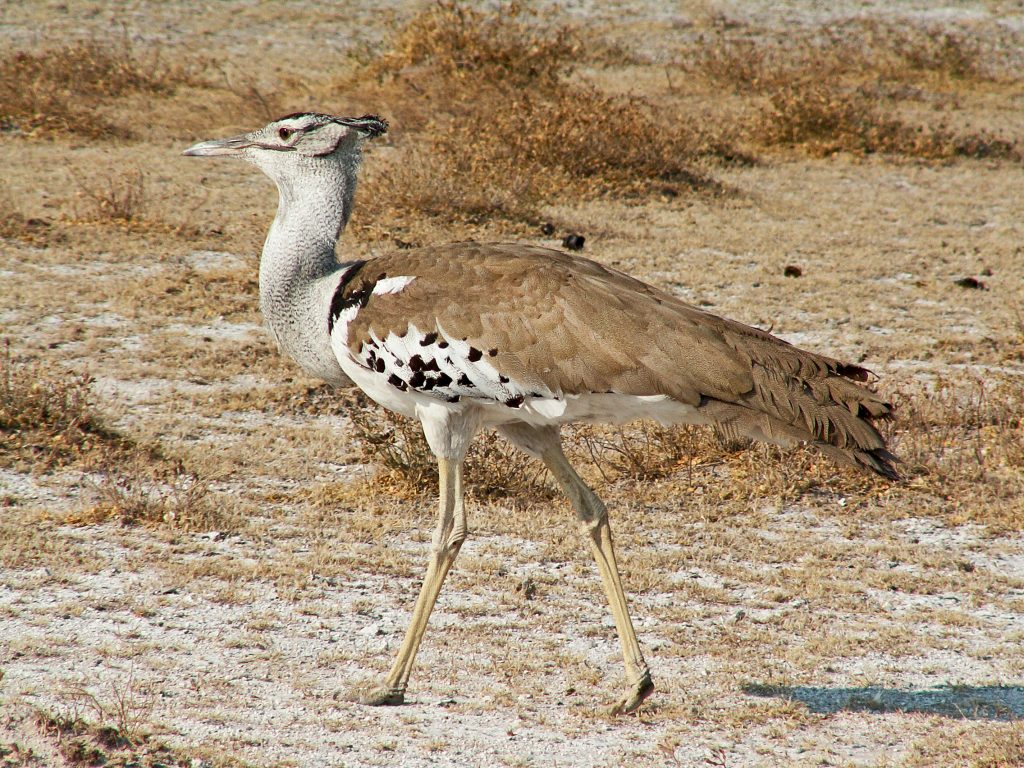
This is the heaviest of all flying birds, they are omnivorous feeding on insects, small vertebrates, gum carrion and seeds. Kori bustards are one of the few species of birds that drink water using a sucking motion rather than scooping it up as most birds do. Being primarily a terrestrial bird, the kori bustard is reluctant to fly unless it is in serious danger.
White bellied bustard
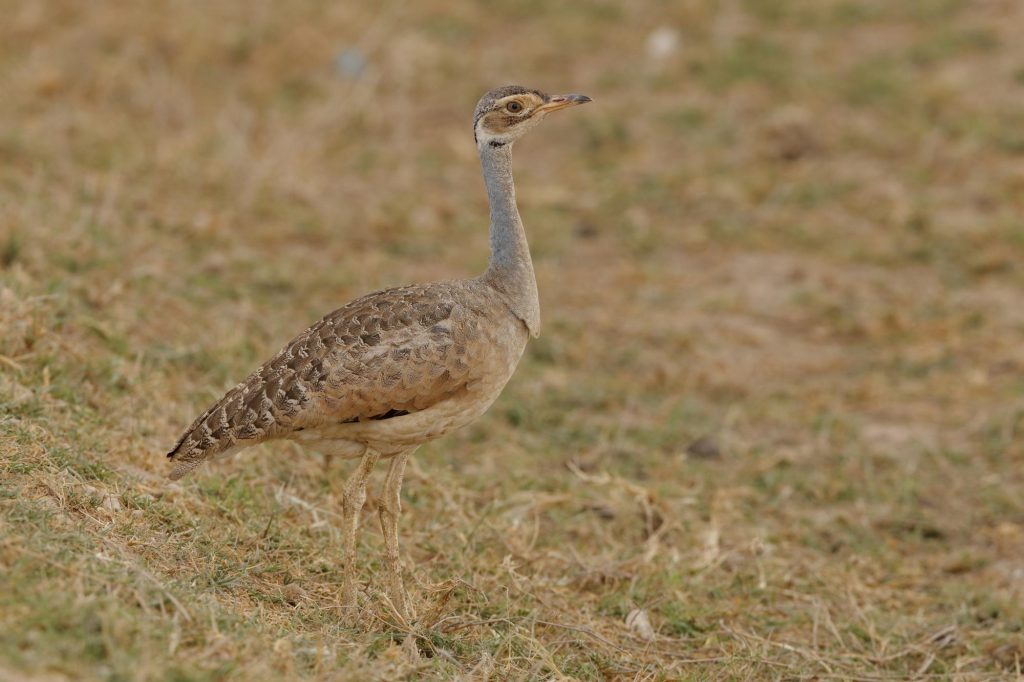
This is rather small for a bastard measuring 19 to 24 inches in length and weighing about 1.5 kg. It feeds on termites locusts, caterpillars, beetles, spiders scorpions, snails, lizards, grass, seeds, bulbs and berries. Their population is suspected to be declining owing to habitat destruction.
Grey crowned cranes
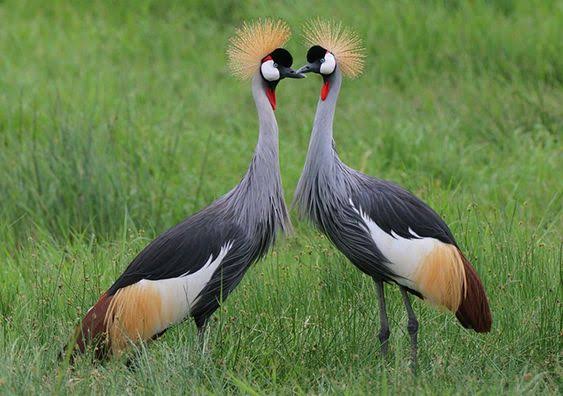
These are omnivores eating plants seeds, grain, insects, frogs, worms, snakes, small fish and the eggs of aquatic animals. They stamp their feet as they walk the flush of the insects which are quickly caught and eaten. They spend their entire day looking for food and at night they sleep on trees.
Egyptian goose
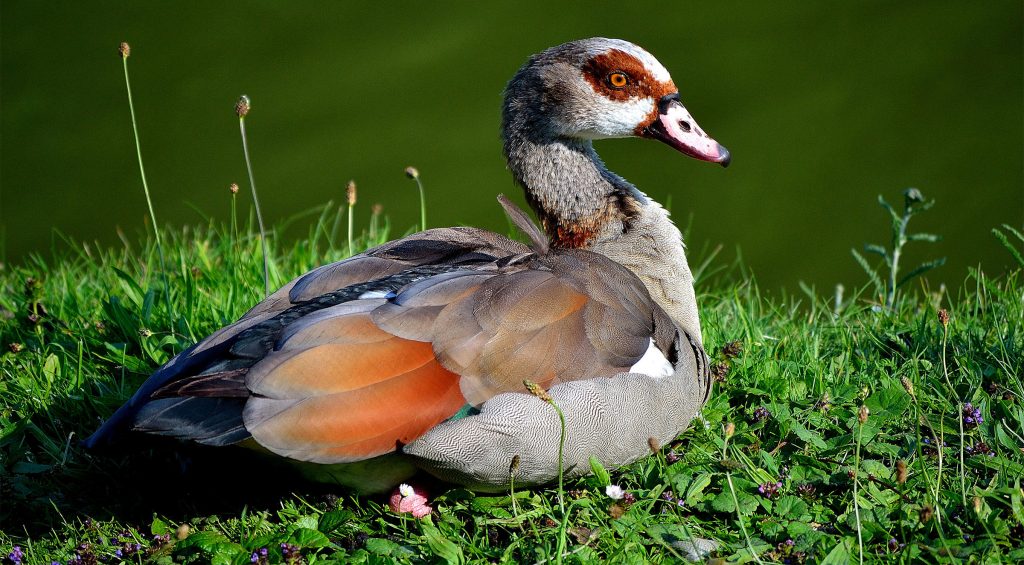
These feed on seeds leaves grasses and plant stems, occasionally they will eat locusts, worms or other small animals.
Grey heron
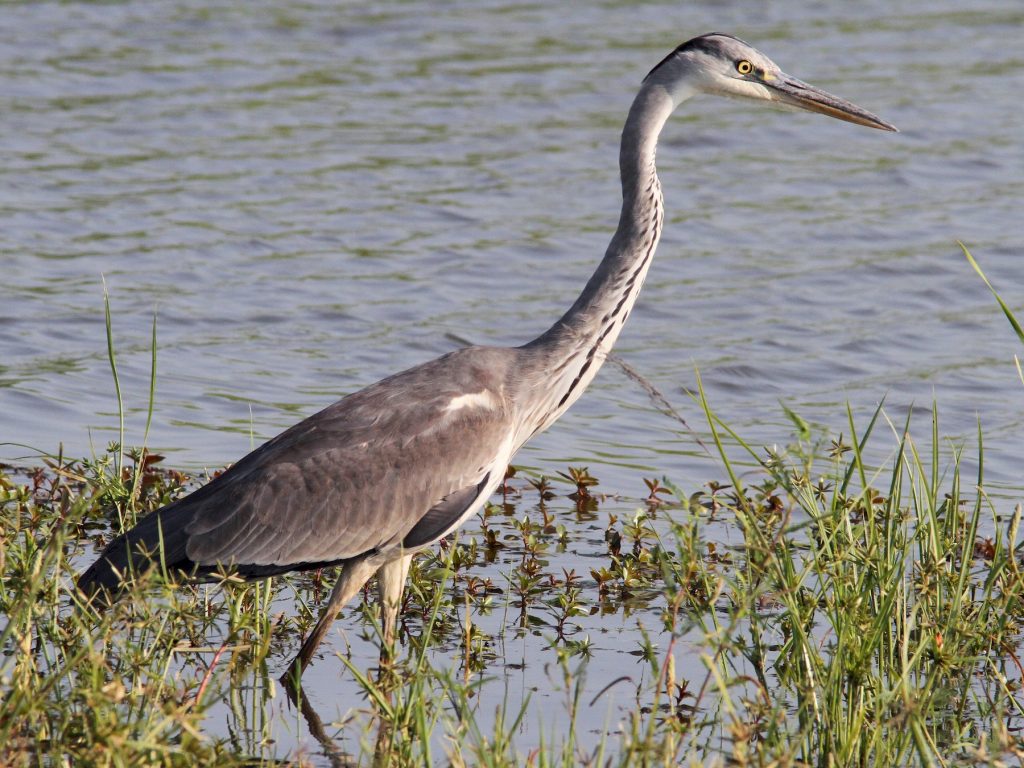
The grey heron feeds mainly on fish which it hunts by patiently standing completely still at the side of the water and striking rapidly when a fish comes into its range, the prey is caught in the bill. Its diet consists of terrestrial and aquatic insects; earthworms, crabs, scorpions, spiders, rats, lizards, snakes, frogs, birds and fish. The species is a treasure that is hunted and traded at traditional medicine markets in Nigeria
African wattle Lapwing
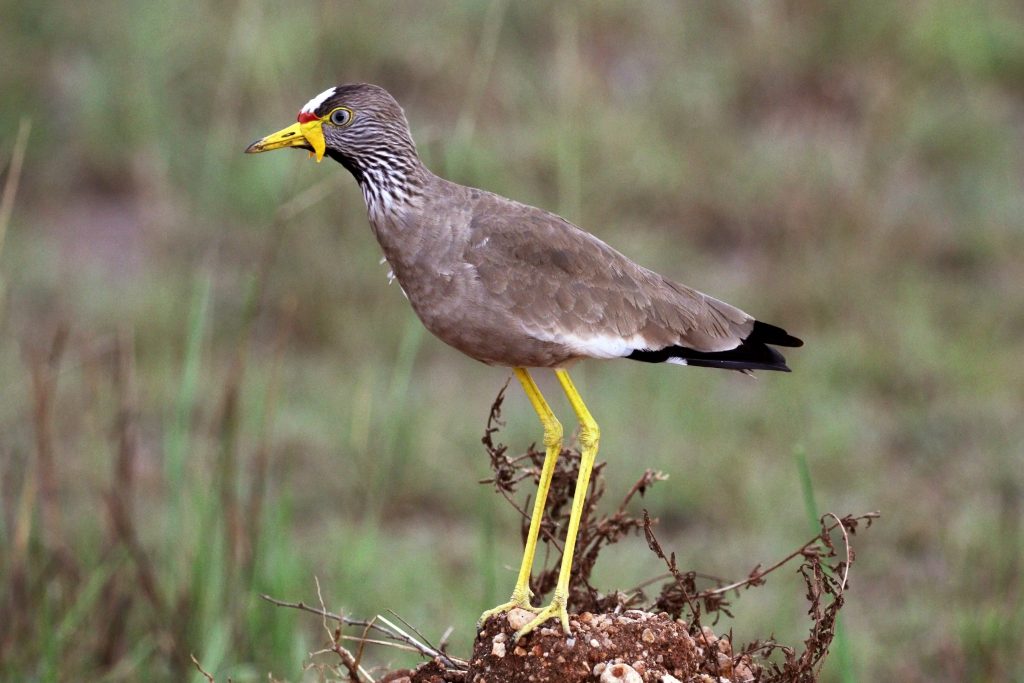
They are large brown Vader’s with black crown white forehead and large yellow facial wattles. Their tail is white dipped black and the long legs are yellow. It often feeds in drier habitats picking insects and other invertebrates from the ground.
Pelicans

Pelicans are the only birds with a pouch under their bill. This is a wonderful bird, its bill can hold more than his belly can its pouch indeed holds more than its belly. elicans are splendid fliers too and can soar like Eagles with their giant wings. getting up in the air can be challenging without the help of the wind. Pelicans must run over the water while beating their big wings and pounding the surface of the water with both feet in unison to get enough speed for takeoff.
Helmeted guinea fowls
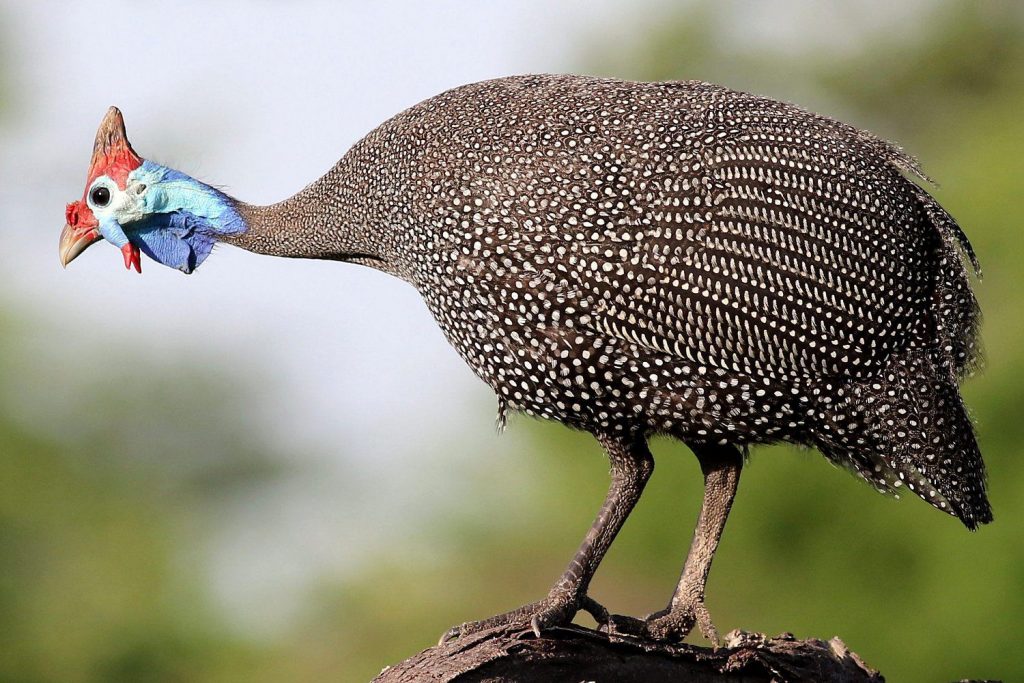
Helmeted guinea fowls are terrestrial birds more prone to run rather than fly. When alarmed they can walk more than 10 kilometers a day, they make loud harsh calls when disturbed and their diet consists of a variety of animal and plant food seeds, fruits, greens, snails, spiders, worms, insects, frogs, lizards, small, snakes and small mammals.
Chinspot batis
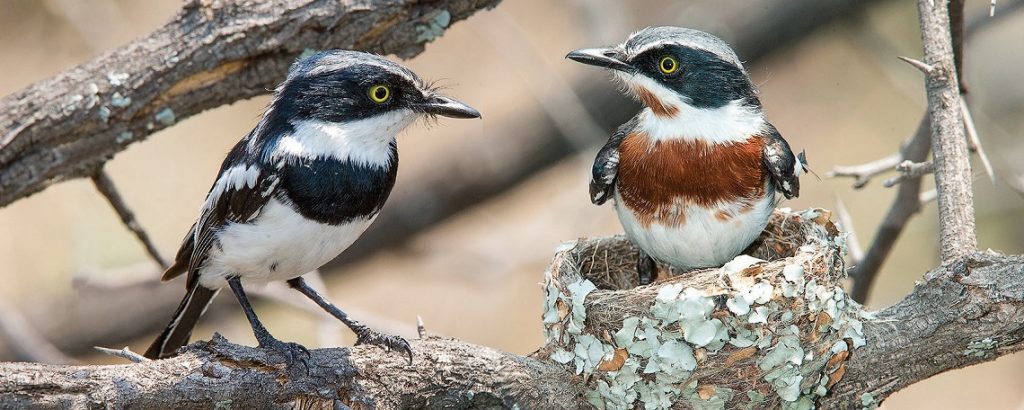
This is a common and widespread bird in africa and is primarily insectivorous finding its food on the surface of leaves and occasionally catching flying insects. They feed on flies beetles, small rasps, crickets and grasshoppers.
Yellow-throated Longclaw
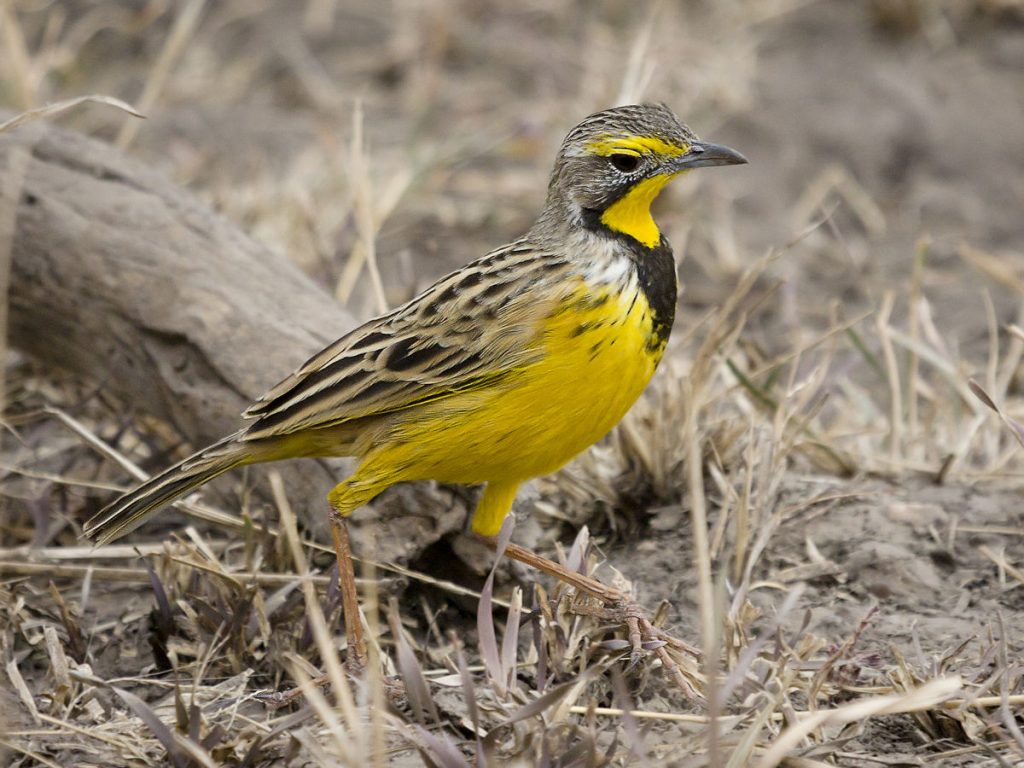
They are about nine inches long and feed on grasshoppers moths beetles and ants,, they are monogamous in nature.
Secretary bird
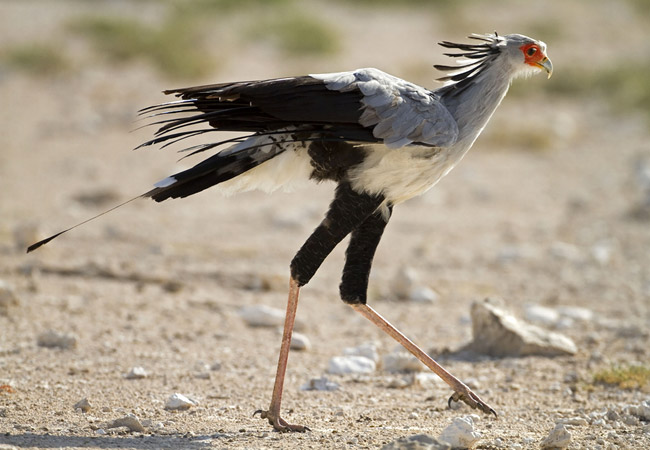
These birds are so called because of their resemblance with the 18th century male secretaries, they wore great tail coats and dart knee-length pants, they also used goose quill pens that they carried behind their ears. Secretary birds spend most of their time on the ground over four feet tall, these birds are famous for their snake hunting capabilities.
Purple grenadier waxbill
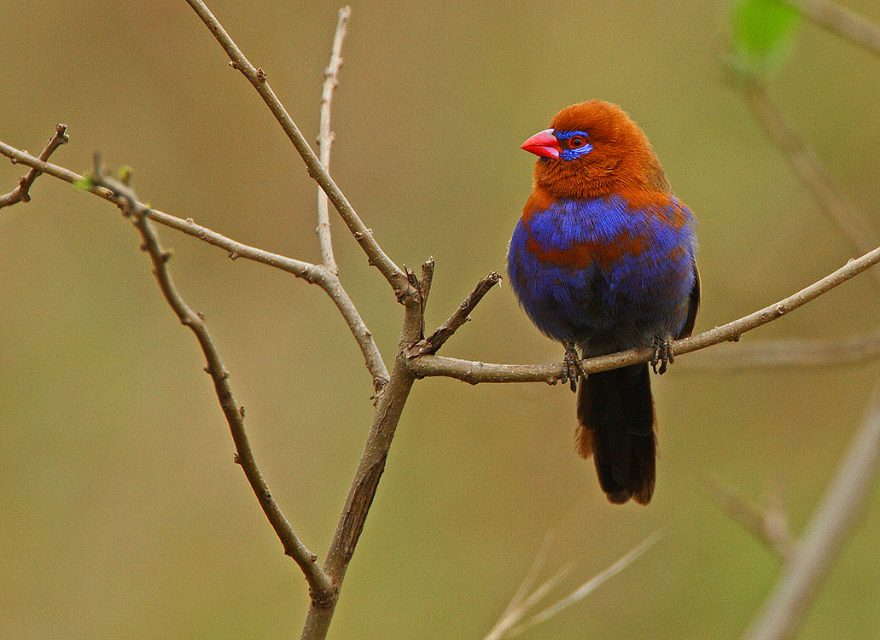
It belongs to the Finch family it feeds on grass, seeds, termites, small spiders, worms and aphids. They are quite hostile towards the cordon bleu
Red cheeked cordon bleu
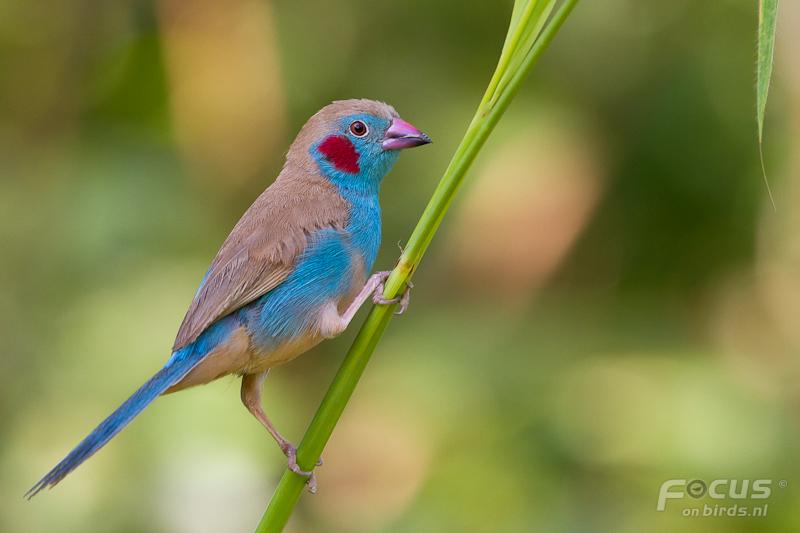
This is about five inches long and weighs ten grams, their lifespan is five to ten years, The male is clearly distinguished by the red patch on each of its cheek. The females lack this red patch they mostly feed on grain grass seeds and other seeds as well as millet.
